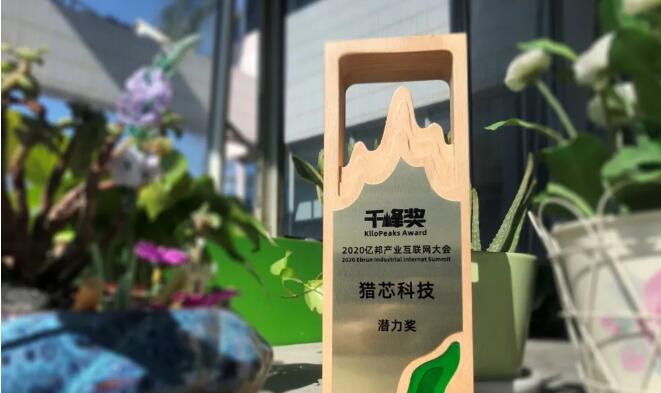Be the 1st: PCBBUY Launches Sakura Pink PCB
On August 24, PCBBUY officially launched "Sakura Pink" ink, which is the first time in the PCB industry to apply pink to products. As an intelligent factory specializing in 1-12 layers PCB sample making and small batch production and processing, PCBBUY pioneered the trend of "Sakura Pink" in the electronics industry. Once the new products were launched, they quickly became a hot spot in the industry.
PCB Instant Quote
.my-button {
display: inline-block;
padding: 10px 50px;
font-size: 16px;
text-align: center;
text-decoration: none;
background-color: blue;
color: #fffff0;
border: none;
border-radius: 5px;
font-weight: bold;
cursor: pointer;
box-shadow: 0px 2px 5px rgba(0, 0, 0, 0.3);
transition: background-color 0.3s ease, transform 0.3s ease;
}
.my-button:hover {
background-color: #C23C30;
transform: scale(1.05);
}
Why does PCBBUY launch Sakura Pink PCB?
Sakura Pink ink is the perfect result of PCBBUY factory's research and development, matching color, continuous improvement. PCBBUY combines color research and global user research to come to the conclusion that Sakura Pink satisfies customer's fantasy of beauty and romance, which is also an important factor for the popularity of Sakura Pink on PCBBUY. A cross between nude pink and peach, this Sakura Pink is a refreshing, romantic statement and a gift from the PCBBUY to the engineers.
The launch of Sakura Pink ink shows PCBBUY 's full sincerity. While launching new products, it also launches preferential activities to strive for more benefits for users. It is worth noting that high quality is still the highlight of PCBBUY, in terms of raw materials, PCBBUY still uses Taiyo and Guangxin ink, beautiful products and fully guarantee the excellent performance of the circuit board.
PCBBUY has driven by innovation with Sakura Pink ink
Green is the most widely used color in PCB industry, accounting for about 90% of the PCB market. In addition to green PCB, black, red, blue, white, yellow and purple are also common colors. Recently, the Sakura Pink launched by PCBBUY is a major innovation in the industry, providing more electronic technology lovers with a variety of choices, and meeting the expectations and requirements of minority groups for color.
Innovation and development is an important concept of PCBBUY's long-term and stable operation, hunting board will lead the industry progress with forward-looking vision, the new Sakura Pink PCB will also create a new trend in the PCB industry. In addition to the difference in color, Sakura Pink and other ink, support conventional technology and special technology.
What are the features of PCB solder mask ink?
1. Viscosity and Thixotropy
In the PCB manufacturing process, silk screen is one of the indispensable important processes. In order to obtain the fidelity of image reproduction, ink must have good viscosity and suitable thixotropy. The so-called viscosity is the internal friction of liquid, which means that under the action of external force, one layer of liquid slides on another layer of liquid, and the friction force exerted by the inner layer of liquid.
Thick liquid inner layer sliding encountered greater mechanical resistance, thinner liquid resistance is less. Viscosity is measured in poors. In particular, it should be noted that temperature has a marked effect on viscosity.
Thixotropy is a physical property of a liquid, that is, the viscosity of the liquid decreases under agitation, and soon restores to its original viscosity after standing. By stirring, the thixotropic action lasts long enough to reconstitute its internal structure. To achieve high quality screen printing effect, ink thixotropy is very important.
Especially in the scraper process, the ink is stirred, and then makes its liquid. This role to speed up the ink through the mesh speed, promote the original line separate ink evenly connected into one. Once the scraper stops moving, the ink returns to a static state, and its viscosity quickly returns to the original required data.
2. Precision
Pigments and mineral fillers are generally solid, finely ground to particle sizes of no more than 4/5 micron, and form a homogeneous flow state in a solid form. Therefore, it is very important to require a fine ink.
Are you going to order Sakura Pink PCB at PCBBUY?
In the future, PCBBUY will continue to improve its technological capability, continue to innovate and develop, create more forward-looking new products, actively contribute to the development of the electronics industry, and bring more surprises to users.
PCB Knowledge ⋅ 09/10/2021 09:03

